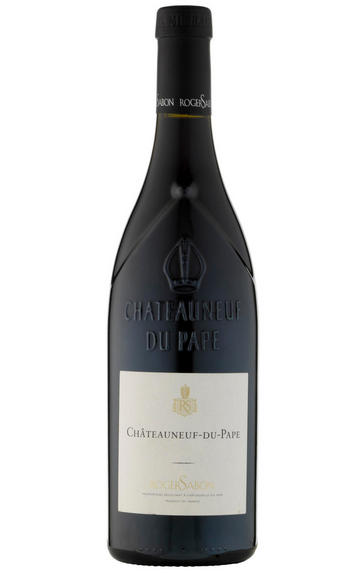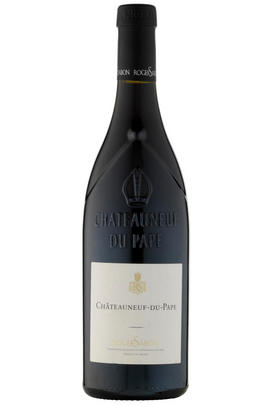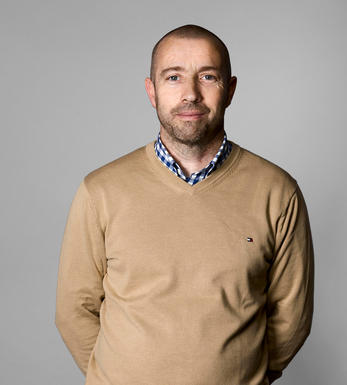
2008 Châteauneuf-du-Pape, Réserve, Roger Sabon, Rhône

Critics reviews
Robert M. Parker, Jr. - 31/10/2010
Domaine Roger Sabon has long been a reference point for classic Chateauneuf du Pape, and they have added a slight twist to their traditionally made cuvees with the Secret des Sabon, made from an ancient field blend (although over 90% is clearly Grenache), and aged in small barrels and demi-muids. A little new oak is used with the Cuvee Prestige, but these are primarily classic, old style Chateauneuf du Papes. There are many members of the Sabon family in this appellation and all of them have the Midas touch when it comes to making wine.
Established in 1921, this estate has over 42 acres scattered among 15 separate parcels in Chateauneuf du Pape. As I reported last year, their 2008s are among the strongest wines of the vintage. Jean-Jacques Sabon and his son-in-law, Didier Negron (the oenologist here since 2001), hit pay dirt in 2009, a vintage that is not far off the pace of their spectacular 2007s.
(Robert Parker - Wine Advocate - Oct 2010)
About this WINE

Domaine Roger Sabon
Roger Sabon is described by Robert Parker as "one of the more intellectual vignerons in Châteauneuf du-Pape".
His vineyard holdings are surprisingly small, around 14 hectares, which are divided between his properties in Lirac, Chateauneuf-du-Pape and Cotes du Rhône. The Châteauneuf vineyards are well situated in Les Cabrieres, La Crau, Courtherzon and Nalys and the average age of his vines is unusually high with some of them dating back to the early 1900s.
The general cepage is made up of 70% Grenache although this is reduced in his top two cuvées, the Cuvee Reservee and he Cuvée Prestige. Roger Sabon is a traditionalist and prefers to age his wines in small oak piece, none of which are new, for six months following a sojourn en cuve. He places great emphasis upon elegance rather than power in his wines and in youth his wine can be deceiving.
With time, however, they grow and gain in depth and complexity and are some of the finest Châteauneufs being produced today.

Châteauneuf-du-Pape
The most celebrated village of the Southern Rhône, Châteauneuf-du-Pape is the birthplace of the now indispensable French Appellation d’Origine Contrôlée system – imperfect though it may be. Compared to the Northern Rhône, the vineyards here are relatively flat and often feature the iconic galet pebbles – the precise benefits of which are a source of much debate. Minimum alcohol levels required by the AOC are the highest in France, but at 12.5% it is well below the natural generosity of Grenache, which only achieves its full aromatic potential when it is fully ripe and laden with the resultant high sugars. Syrah and Mourvèdre contribute the other defining elements in the blend, adding pepper, savoury spice and structure to the decadent Grenache. There are a further 10 permitted red grape varieties which can be used to adjust the “seasoning”. Of the five white varieties permitted, it is Grenache Noir’s sibling – predictably perhaps – Grenache Blanc, which dominates, though Roussanne shows a great deal of promise when handled well, notably at Château de Beaucastel.

Southern Rhône Blend
The vast majority of wines from the Southern Rhône are blends. There are 5 main black varieties, although others are used and the most famous wine of the region, Châteauneuf du Pape, can be made from as many as 13 different varieties. Grenache is the most important grape in the southern Rhône - it contributes alcohol, warmth and gentle juicy fruit and is an ideal base wine in the blend. Plantings of Syrah in the southern Rhône have risen dramatically in the last decade and it is an increasingly important component in blends. It rarely attains the heights that it does in the North but adds colour, backbone, tannins and soft ripe fruit to the blend.
The much-maligned Carignan has been on the retreat recently but is still included in many blends - the best old vines can add colour, body and spicy fruits. Cinsault is also backtracking but, if yields are restricted, can produce moderately well-coloured wines adding pleasant-light fruit to red and rosé blends. Finally, Mourvèdre, a grape from Bandol on the Mediterranean coast, has recently become an increasingly significant component of Southern Rhône blends - it often struggles to ripen fully but can add acidity, ripe spicy berry fruits and hints of tobacco to blends.


Buying options
Add to wishlist
Description
Most Exciting Wine of The Vintage
I was very impressed with this wine when I tried it at the domaine last month. Still a little closed on the nose, but lovely rich black fruit on the palate, the Syrah shining through at present. Beautiful weight and balance, this has great class and style and a long elegant finish.
(Chris Pollington, Fine Wine Sales Advisor)
Grenache dominates in all the best ways here, affording delicious sweet red and black fruit, with the Syrah and Cinsault adding complexity with hints of licorice, bay leaf and thyme. Dense but not overworked, the wine has an admirable depth and a confident finish.
(Simon Field MW, Rhône Buyer - June 2010) Didier Negron, the winemaker of Domaine Roger Sabon, has fashioned a very fine, wonderfully complex Châteauneuf-du-Pape in 2007. The aromatics marry the sweet and the savoury and the palate has a rich herbal concentration, fine tannins and impressive length.
(Simon Field MW, Berrys’ Rhône Buyer, June 2009)
wine at a glance
Delivery and quality guarantee